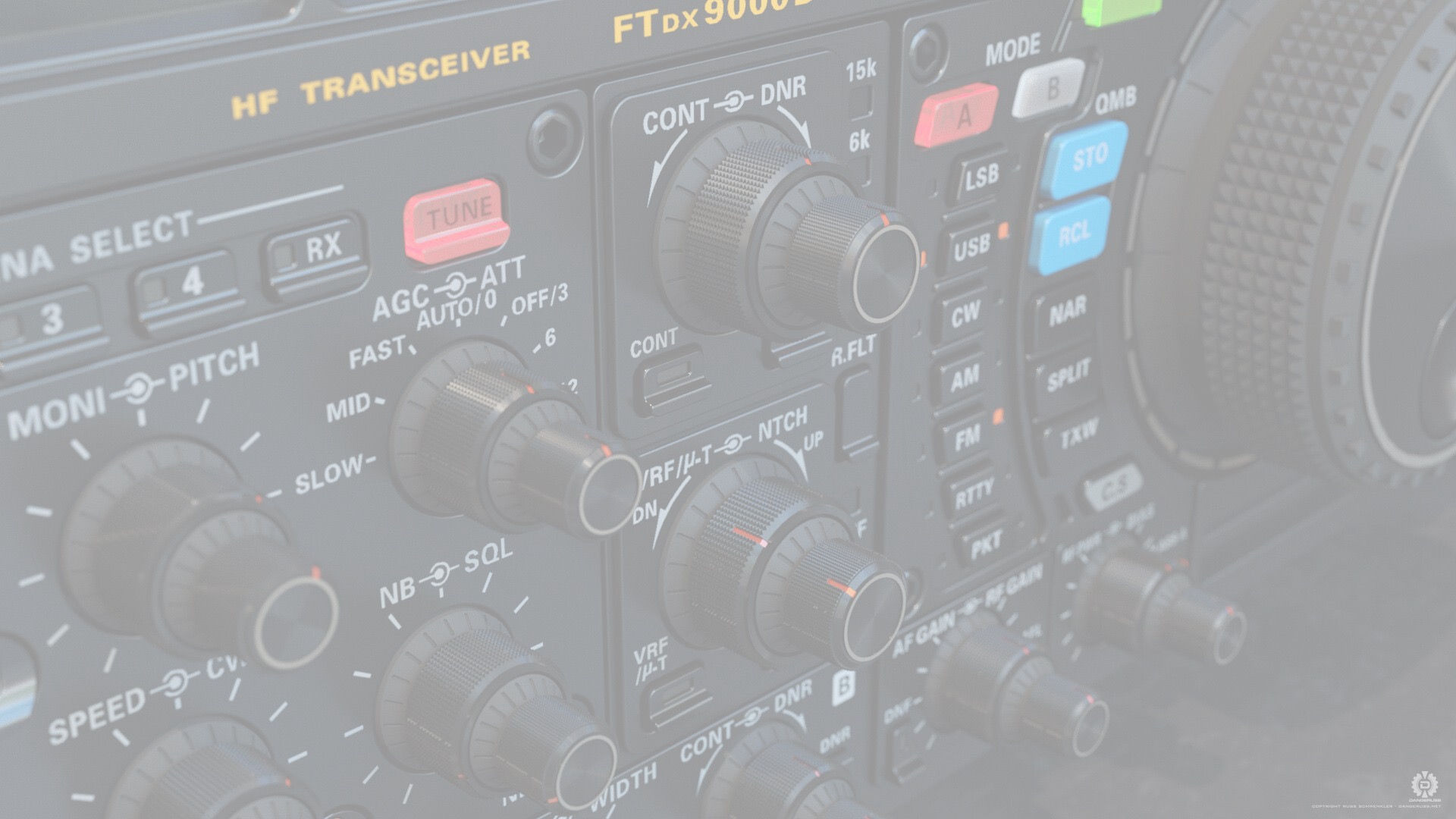What Does SOS Mean?
- Jun 5, 2023
- 3 min read

You may be surprised to learn what sending out an SOS really means — and what it doesn't mean. Aquir/Shutterstock
Even children at play know that when you're in a life-threatening emergency — maybe you need to be rescued from an island filled with human-eating crabs that's also surrounded by lava — the way you let the world know you're in trouble is to wave your arms and signal distress by repeatedly shouting three simple letters: SOS.
You can write them on the beach, send them via Morse code or, if you have a pen, write them on your hand and flash them at passersby. We all know that sending out an SOS signal is the best chance you've got at being rescued.
So, what does SOS mean?
An SOS message must mean something important, right?
Nope. The letters SOS stand for nothing. Not "Save Our Ship," not "Save Our Souls" — it wasn't even originally designed to stand for letters of the English alphabet. Yet, it's the standard distress signal most people know.
The Introduction of Morse Code
Although the letter sequence "SOS" stands for nothing, it came from somewhere as a replacement for a visual distress signal. That somewhere is Morse code, which was developed along with the wireless telegraph machine to send messages using electrical signals. Samuel Morse himself sent the first telegraph, which said: "What hath God wrought?" He sent the message in Morse code over an experimental line from Washington, D.C., to Baltimore, Maryland.
In Morse code, dots and dashes are assembled in different configurations to represent the different letters of the alphabet. In this way, messages could be sent wirelessly all over the world using radio equipment — even from ships.
This proved useful, because prior to the beginning of the 20th century, ships were pretty much out of luck when they needed to get a message to shore. Morse code did not exist yet.
But as ships began carrying telegraph equipment, distress signals were adopted early and were great when the ship transmitting the signal and the operator on the receiving end spoke the same distress language. But at first, different countries used different codes for emergency situations, which was obviously not ideal.
SOS as a Universal Distress Signal
However, in 1905 the German government published the "German Regulations for the Control of Spark Telegraphy." It mandated that German wireless operators use "... --- ..." (three dots, three dashes and three dots) to signal an emergency. This didn't really have anything to do with letters of the alphabet, but it was quick and easy to type, and difficult to mistake for anything else.
It also happened to spell "SOS" in Morse code. Everyone agreed it was way better than "SSSDDD," which is what the Italians were pushing for at the International Radiotelegraph Convention in November of 1906. The term SOS was voted in as the official international distress signal and went into effect July 1, 1908.
The SOS Distress Signal Takes Root
It took a while for the SOS distress call to catch on.
For instance, the British Marconi International Marine Communication Company that outfitted ships with telegraph equipment preferred the distress code "CQD," or "-.-. --.- -.." in Morse code, and continued using it in Morse code sequence long after the SOS call was established as the international standard. In fact, it was the first distress code sent by the telegraph operators on the Titanic after the ship hit the iceberg, although they eventually used the SOS signal as well.
The first recorded American use of SOS to call for help was sent Aug. 11, 1909, off the coast of Cape Hatteras, North Carolina, when Theodore Haubner called for help from the steamship SS Arapahoe.
As the Morse code SOS call was initially intended for maritime use, it was replaced with the verbal signal "Mayday" at the International Radiotelegraphic Convention in 1927.
Mayday is derived from the French "m'aider" which means "help me." But SOS couldn't be ousted so easily: Mayday is still in use today as the distress signal for voice communication, while the SOS is still used as the distress signal in telecommunication.



Very interesting piece. Though I realised it wasn't the Chief asking for the sausages to be saved I always thought it was "Save our Souls". Ah enlightenment!
I am available to help with the CW classes if required.
John